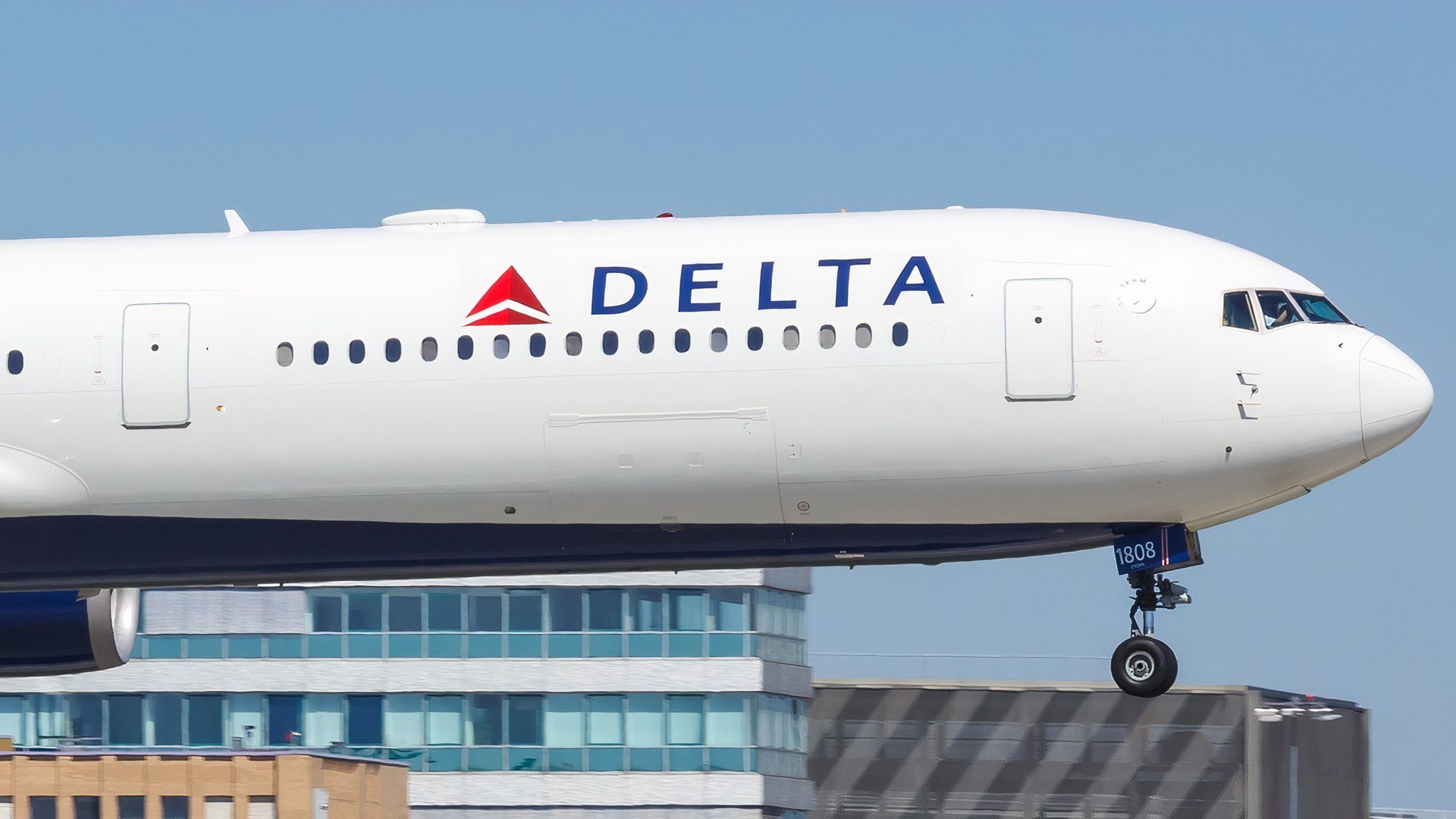Delta Air Lines and United Airlines have significantly strengthened their positions in the US airline industry since 2022 by focusing on premium seating and enhancing loyalty programs. This strategy has allowed both carriers to dominate profits, particularly through first and business class offerings that cater to affluent travelers. Their control over major airport hubs enables them to manage capacity effectively and maintain competitive pricing.
The demand for premium travel has surged, fueled by a robust stock market and a rise in wealthy leisure travelers. As a result, Delta and United have turned premium cabins into their highest-margin products. Delta’s partnership with American Express and United’s MileagePlus program have proven crucial, both continuing to generate substantial revenue. In contrast, American Airlines, despite its scale, has struggled to monetize its markets and faces challenges in competing effectively in major urban areas.
Understanding the Competitive Landscape
Delta and United have established a competitive edge by combining their fortress hubs with fleets that prioritize premium seating. This strategy minimizes price competition by concentrating high-yield demand at slot-constrained airports. Both airlines have increased their first and business class seating while also introducing premium economy options, capitalizing on the willingness of affluent travelers to pay more.
Loyalty programs, particularly those driven by co-branded credit card spending, are essential for securing repeat customers and generating high-margin cash flows. Their expansive long-haul networks allow for a blend of corporate contracts and consistent leisure travel, while fleet flexibility enables them to allocate capacity where it is most profitable. The pandemic’s supply chain constraints have further amplified this advantage, limiting the growth of their competitors.
Consequences for Competitors and Passengers
The premium-focused strategies of Delta and United have prompted a strategic reevaluation among other airlines. American Airlines is now under pressure to upgrade its lounges, enhance premium seating, and recover corporate sales while managing its financial health. Low-cost carriers are facing significant challenges as they grapple with rising labor costs and operational expenses, which have eroded their historical cost advantages.
As demand for higher-fare cabins continues to grow, budget airlines are increasingly turning to premium-like offerings, such as extra-legroom seating and priority boarding. This shift has forced these carriers to reevaluate their operations in oversaturated domestic markets and to rely more heavily on ancillary revenue streams.
Network carriers without fortress hubs are likely to experience a diminished presence in international markets, further eroding their market share on key routes. As the airline industry returns to more normalized operating conditions, those airlines lacking a sustainable cash flow-generating model may face consolidation or restructuring.
For passengers, these changes mean an increase in premium seating options, improved lounge facilities, and more robust loyalty marketing. While this is advantageous for travelers willing to invest in premium experiences, it also signals a shift in status qualification towards spending-based metrics, which favor high-spending customers.
Budget travelers may see limited benefits from this trend, as premium features become more common among low-cost airlines. If economic conditions deteriorate, there may be a renewed focus on discounted travel, although this could come at the expense of perks and amenities typically associated with budget flights.
